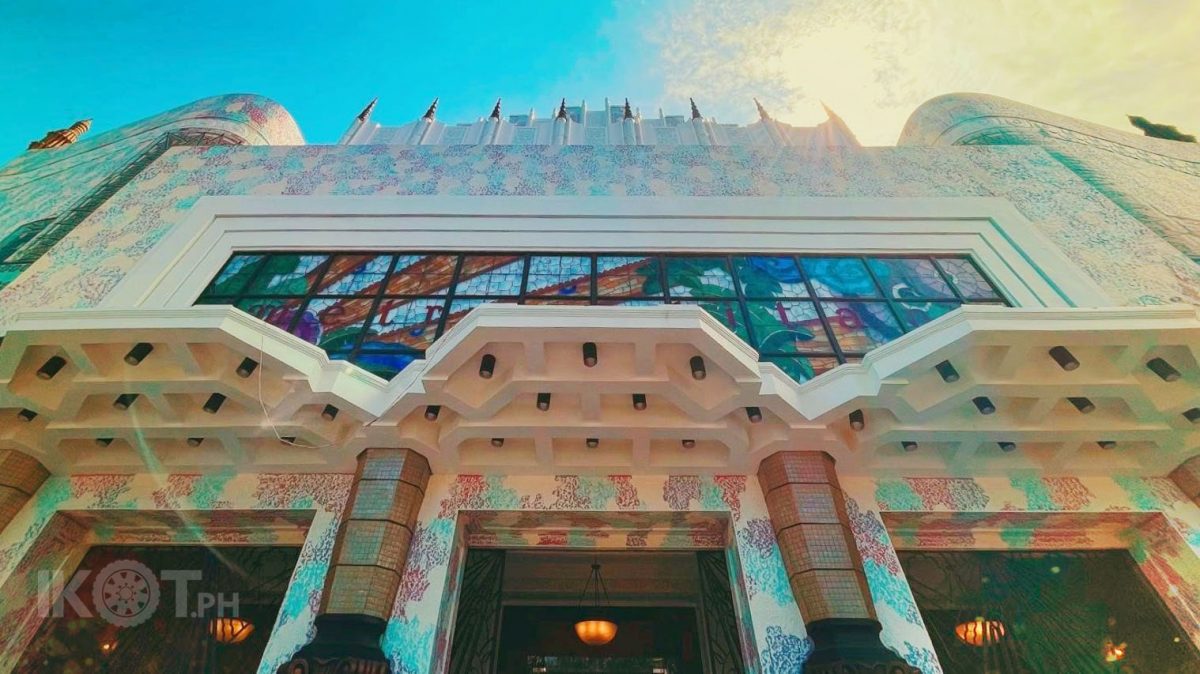You may have noticed this old, forgotten, and decaying building when you pass by Ermita in Manila. Despite the wear and tear of this old building, it manages to show the intricate details and art that form this archival structure.
If you look closely at the glass windows, the carvings on the walls, and the structures surrounding the MET, it would tell you the stories of how Filipinos value art and all its forms. It is a reminder of the culture that our country used to be known for.
The MET is arguably the only remaining art deco theatre of its kind in Asia. The building, which was built in 1931 by renowned Filipino architect Juan Arellano, is considered a cultural landmark and a symbol of the Filipino’s affinity for the arts.
Since its last act in 1980, numerous efforts have been made to restore the magnificent building to its former glory. But it was only in 2015 when the MET started its process of rebirth. Six years later, the historical landmark is now ready to raise its curtains again.
History turned to stones

During its glory days, the MET was the go-to place for operas, foreign and local films, and memorable orchestral music. Back when Manila was at its peak as the “Paris of Asia,” the MET was one of the most noticeable landmarks. It boasts a mix of Filipino art and modern architecture, together with the infamous Manila Post Office and Jones Bridge.
A fair share of battle scars

Having to survive numerous historical events, from the inauguration of the Philippine Republic under Japan up to natural calamities that struck the city, wreaking havoc in various places, the MET managed to weather all kinds of storms – proving it can stand the test of time.
The Grand Dame of Manila was the only building that managed to stay unscathed after World War II. A bloody battle for the Liberation of Manila in 1945.
Forever part of History

The MET housed spectacular operas, ballets, and orchestral music; it also appeared in iconic films such as Bituing Walang Ningning, where it staged the showdown between Sharon Cuneta and Cherie Gil’s characters. It introduced Disney’s Mickey Mouse to Filipinos when it showed its black & white movies from the 1920s.

The Grand Dame of Manila is ready to take back its throne. Thanks to the efforts of the National Commission for Culture and the Arts, it will carry with it the history and culture of Filipinos that are threatened to be erased by the modern world. It will be a standing beacon of hope to such an art-loving nation. In no time, it will take the country back to the map in terms of arts and culture.
The Metropolitan Theater in Manila symbolizes the struggles and challenges our country had faced. Despite the rigors of life, it remains to be a concrete embodiment of Filipino resiliency.


